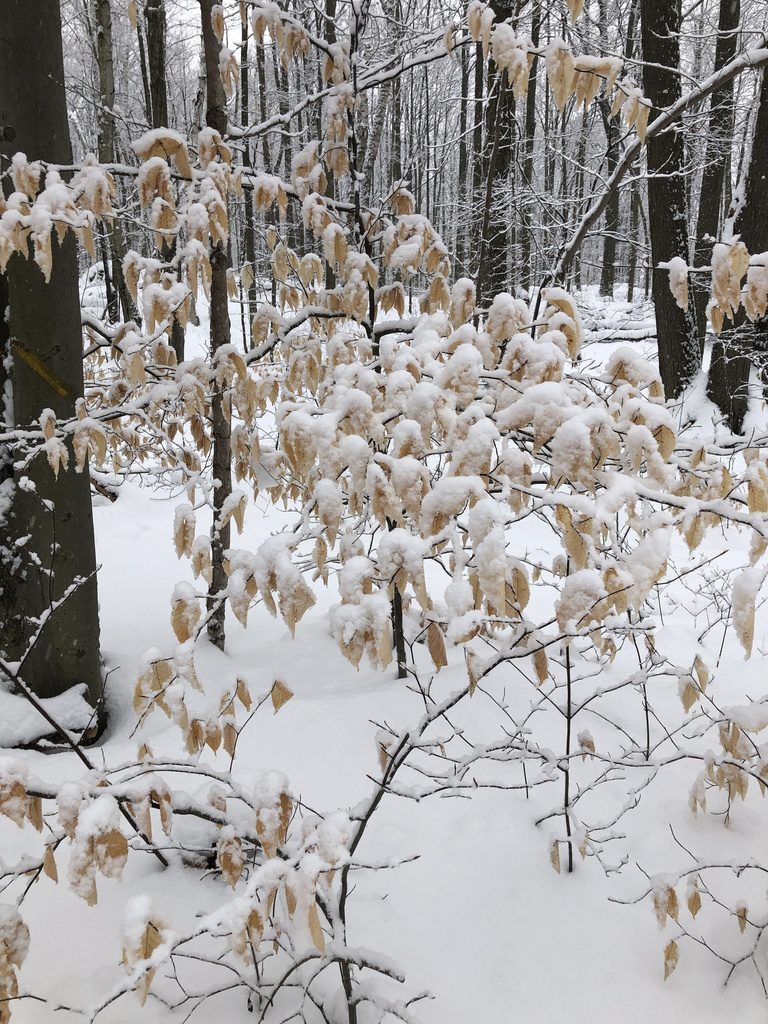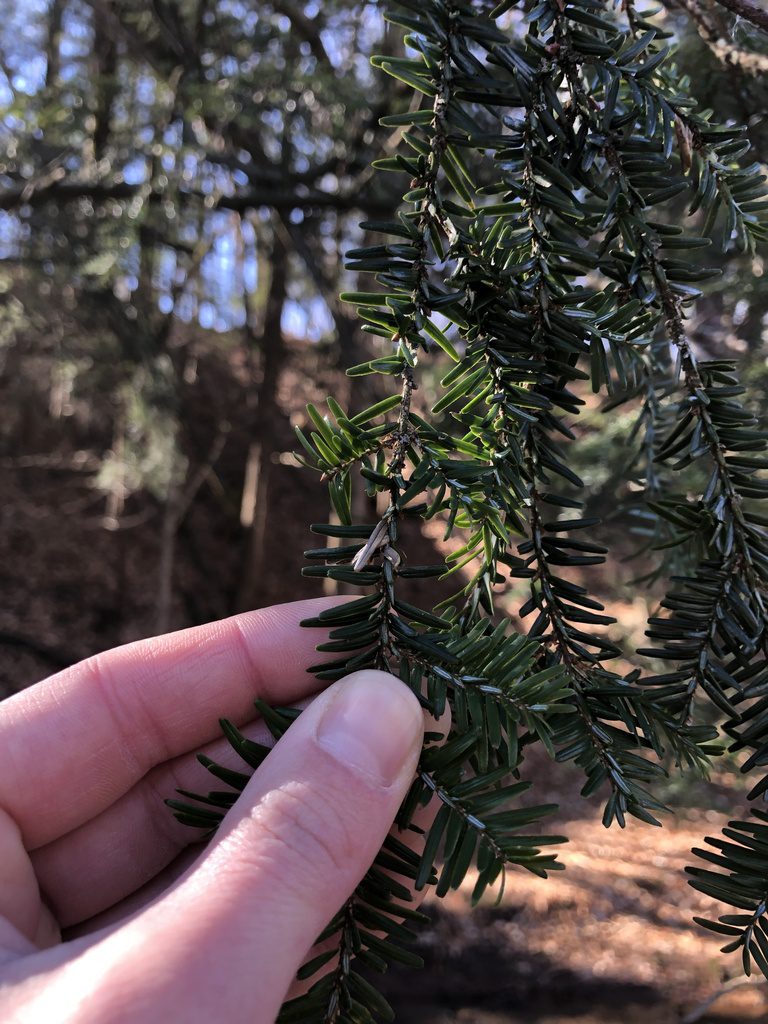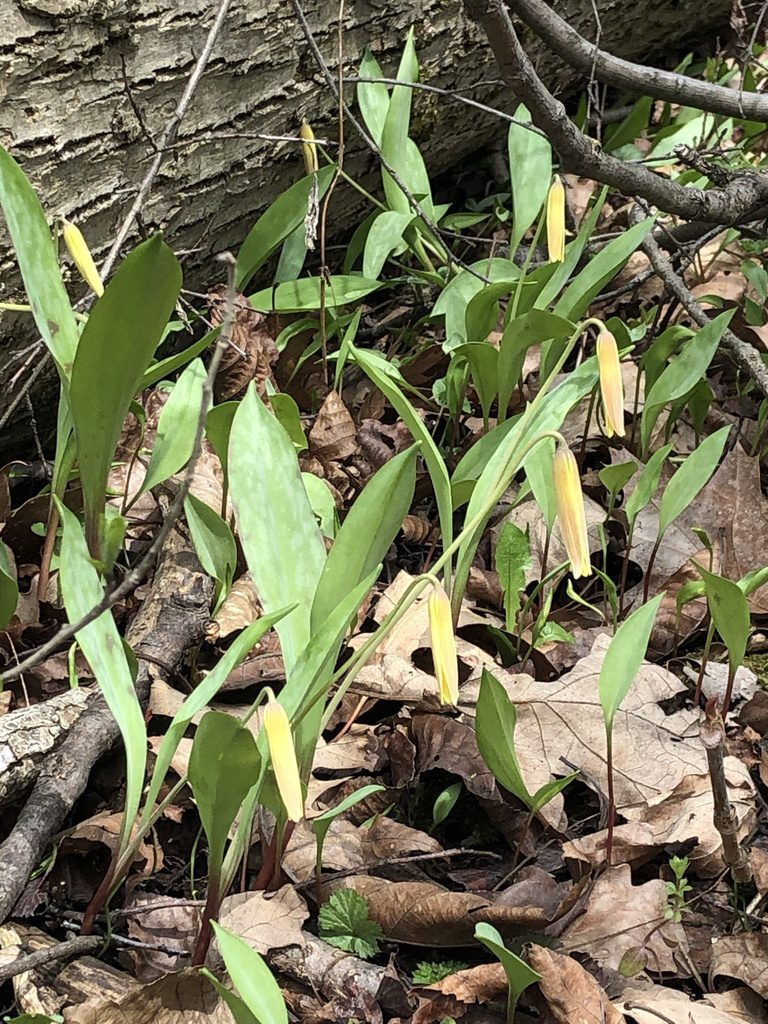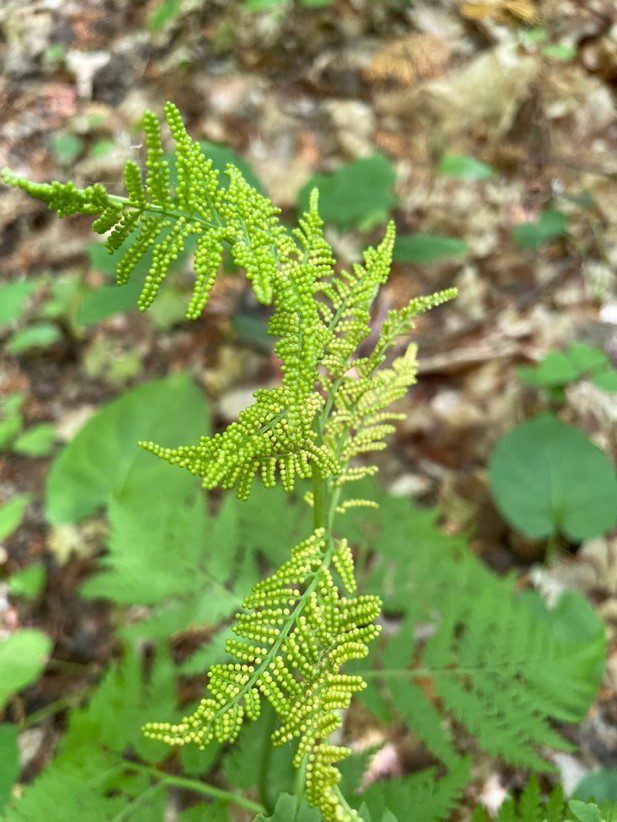Bruce Trail Botany – month by month - Part 1!
Our Land Steward Coordinator & Ecologist Mara McHaffie brings this month's journal post to you:
For the last few years, I’ve joined year-long iNaturalist projects called ‘Ontario Botanists’ Big Year’, which collect observations of plants in Ontario. Each year, the project sets a new goal for participants, and the 2023 project’s goal was one of my favourites: submit at least 30 observations of plants in Ontario each month of the year. I thought this would be a great chance to pay attention to the different characteristics of plants that you can see at different times of year, and at the beginning of the year, it was a great motivator to get outside even on those chilly days! I eagerly got to work.
As an ecologist for the Bruce Trail Conservancy, I naturally spend a lot of my outdoor time along the Bruce Trail, meaning many of the iNaturalist observations I submit end up a part of the Bruce Trail Conservancy project too. So, now that we’re nearing the end of 2023, I thought it would be a great time to reflect on what I’ve observed throughout the different seasons and highlight my favourite observation from each month so far. I hope you enjoy the journey through the seasons and along the trail!

January: American Beech (Fagus grandifolia)
A wintry walk at Mount Nemo Conservation area in the Iroquoia section led to some stunning photos of snow-covered trees. This young American Beech tree is exhibiting a phenomenon called ‘marcescence’, which is when plants hold onto their withered leaves throughout the winter rather than shedding them. We’re not really sure why some trees do this, but it’s common in certain species, including young beech trees. It can help you identify these species from a distance - though don’t confuse it with Ironwood or Oak, which also commonly exhibit marcescence!

February: Eastern Hemlock (Tsuga canadensis)
When the leaves of deciduous trees are withered and fallen, it’s a great time to show some appreciation for our evergreen trees! While none of my observations for the month of February were taken directly along the Bruce Trail, I observed this Eastern Hemlock fairly close to the Bruce Trail, at the Royal Botanical Gardens Arboretum. With its tolerance for shade, Eastern Hemlock is an important part of the canopy of mature forests on moist, cool slopes. Both the Royal Botanical Gardens lands and the Iroquoia section of the Bruce Trail corridor are part of the Cootes to Escarpment Ecopark system, which includes natural lands that connect the Niagara Escarpment with Cootes Paradise in Hamilton and Burlington. Together, these lands provide connected areas of habitat that allow wildlife to move around to find food, water, and other things they need.

March: American Witch-Hazel (Hamamelis virginiana)
This American Witch-Hazel seed capsule may not look like much in the winter, but it packs a punch! This understory shrub is one of our latest flowering native plants, producing delicate yellow flowers in late fall (around now, if you’re reading this in November). After flowering, it produces a seed capsule that, when it matures, splits open and fires its seeds through the air at astonishing speeds – up to 30 feet per second! It’s ability to rapidly fire its seeds has even caught the attention of biomechanical engineers, who are trying to understand its springiness and apply this knowledge to improving synthetic springs like those used in robots. The capsule you see in this photo has already split open and released its seeds.

April: Yellow Trout Lily (Erythronium americanum)
With April comes an abundance of spring flowers, like these Yellow Trout Lilies. This species, like many that bloom in April, is called a spring ephemeral. They take advantage of the brief period in springtime before the tree leaves expand when sunlight is hitting the forest floor, and rapidly pop up, photosynthesize, flower and fruit. Then, as the forest floor becomes shaded, their aboveground leaves and stems wither and die, and the plant remains dormant belowground for the rest of the year.
May: Common Pawpaw (Asimina triloba)
I was excited to find a grove of provincially rare pawpaw trees blooming in May! A Carolinian species, pawpaw reaches the northern limit of its range in Southern Ontario, so along the Bruce Trail you’re most likely to find it in the Niagara section. The maroon flowers smell quite stinky, attracting flies for pollination. It then produces the largest fruit of any native North American tree, and it’s edible (tasting like a mix of banana and mango)! It’s believed that these fruits were originally eaten by the megafauna that once roamed the continent, like mammoths and giant sloths!

June: Rattlesnake Fern (Botrypus virginianus)
I couldn’t let the year go by without acknowledging the ferns, which disperse by spores rather than seeds. I found this beautiful Rattlesnake Fern in the Peninsula section. Those tiny balls on the edges of the frond are the sporangia, which are the spore-producing parts of the plant. To me they look like beautiful beads on an intricate piece of jewelry!
Be sure to come back to read Part 2 next month! One way to avoid missing our Journal Posts is to get it sent directly in your email inbox:
1) Join the Bruce Trail Conservancy's iNaturalist Project, AND
2) Check "Project Journal Posts" under your iNaturalist Account Settings > Notifications > Email Notifications.
Thank you for your interest in the Bruce Trail Conservancy and our work to preserve a ribbon of wilderness, for everyone, forever.





